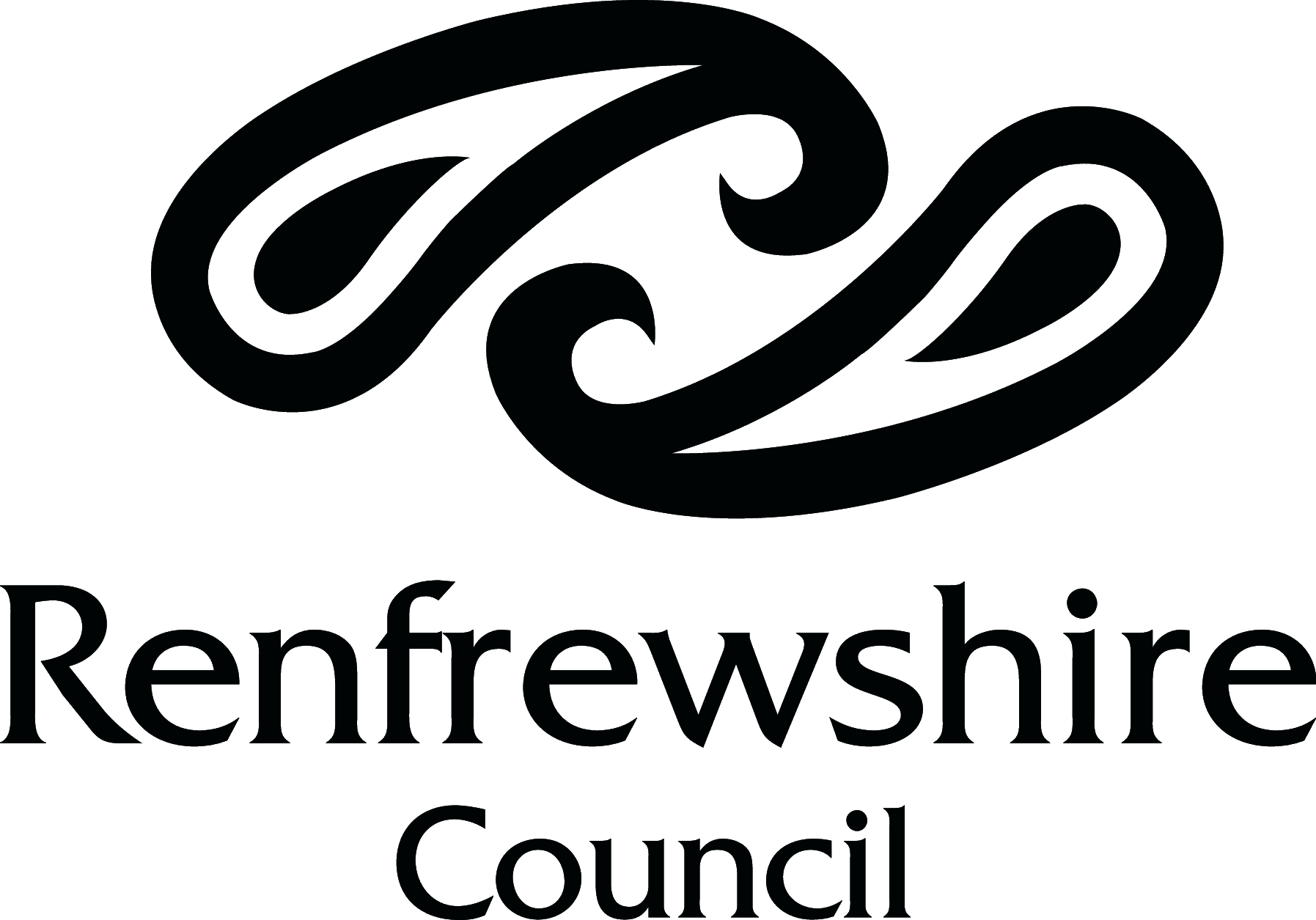Old Stories, New Forms
 22 Feb 2021
22 Feb 2021
By Loretta Mulholland
The premise of this event, that fairy tales and myths are reframed by new generations, which bring fresh life to old stories, intrigued me. Guest Curator Kirsty Logan hosted the conversation between Irish writer Sarah Maria Griffin (Other Words For Smoke) and Indonesian author Intan Paramaditha (The Wandering). In her introduction Kirsty explained that the word ‘understory’ refers to part of the rainforest structure; the plant life or small trees growing beneath the canopy but above the floor, struggling for light. I was curious about this concept of literary understories …
The writers discussed their favourite female monsters, Intan talking of Snow White’s Stepmother and a Balinese Witch, who were matched by Sarah’s Banshee and different versions of the Virgin Mary. Sarah then shared her ‘sourdough’ theory, explaining how every story takes a little piece of ‘flour’ from another, and how storytelling is a process of evolution with narratives repeated over and over again. Examples cited were the Narrative of Discovery, the Cinderella Narrative and even Shakespeare’s King Lear Narrative, but this raised the question of how writers should frame these new tellings.
Intan felt excited and influenced by the reframing of stories like Frankenstein, which set the Prometheus human-creation story in a new and relevant context. Relevance was the crux of the matter and it was agreed that even Disneyesque portrayals of fairy-tales should be studied under the analytical lights of relevance, urgency and challenge. Sarah added that storytelling should resemble a conversation, rather than a dictate, and that stories like Cinderella were slices of other, greater European myths, but the question of who should be allowed to tell these tales and why was a thorny one – Disney again being referred to, this time considering the negative effects of merchandising.
The query of which stories the authors felt were overdone brought a vehement response from Sarah, who felt her ‘brain had broke’ since the millennium, with the plethora of Masculine Hero Narratives, such as Star Wars and Spiderman. Intan’s over-represented story was the Neo-Liberal Narrative of ‘self-discovery’, aimed at women who travelled from cities like New York, to exotic locations, as part of a healing process but who learned nothing about other people from their travels.
Intan’s reading from ‘The Wizard of Oz’ in The Wandering, an adaptation of the Hans Christian Anderson story, The Red Slippers, was captivating. She led us into a contemporary reframing of the story when she related how an underage girl wanders into the forest with three men and murders two powerful witches. But as she is being destroyed, the Wicked Witch of the West proclaims that:
There is no end for witches, as we know: good girls go to heaven, bad girls go wandering.
This reading led into a discussion about the consequences of female desires and what happens when a woman wants something she shouldn’t have – such as the ‘shimmering shoes’ on Dorothy’s feet.
Sarah read from Other Words for Smoke, her YA novel, set over two different summers, in a haunted house, with magic behind the wallpaper. For Mae, the protagonist, change comes with the ‘most gorgeous first kiss’ – from a female friend. It was the opposite of sickness:
This was fun
This was love.
But Mae didn’t know what to do with this love, which was so different from anything she’d experienced before, and she decided to put her fate into the hands of the cards …
Sarah described the punitive element of female desire in stories as a kind of ‘literary contraception’, aimed at compelling females to make conventional choices and declared herself dedicated to ‘giving the gals what they want’ in her writing. She feels her women deserve the ‘happily ever after’, and that, unlike vampires who cannot see their own reflections, her readers need to see themselves, and to know that what they’re reading is real. I found myself agreeing with Sarah and that we should question this narrative of punishment and redemption with respect to female desires.
Finally, on the question about the concept of ‘home’ and the notion that ‘there’s no place like home’, Intan felt that the idea of home in literature could never be trusted and Sarah agreed, admitting to a lifelong curiosity in the ‘untrustworthy’ spaces in horror stories. In her haunted house setting, Mae is on a journey home; a search, rather than a discovery, where she finds that ‘home’ is a different place from what she thought.
This understories event certainly shone a light on old stories in new forms.
If you missed Kirsty Logan's curated event Old Stories, New Forms you can watch again with this link until 26th March. Kirsty, Sarah and Intan's books are all available here to purchase
There's still time to register for tickets for Paisley Book Festival events here





